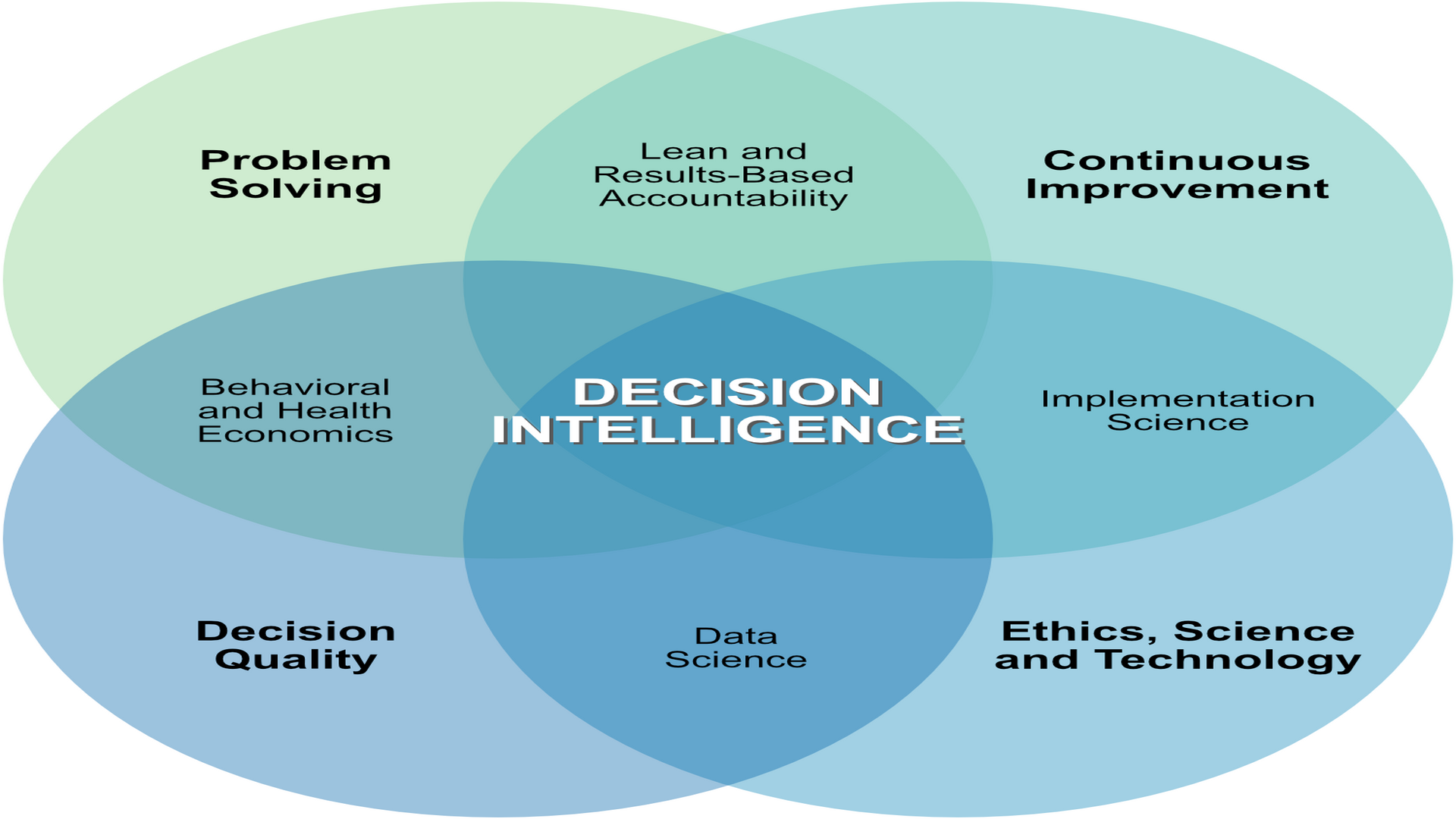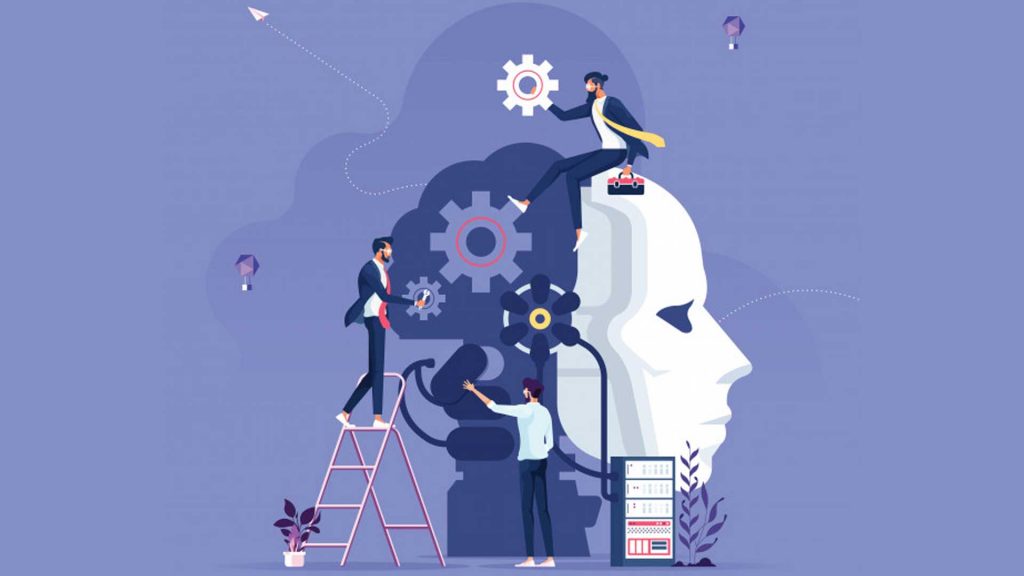Not so long ago, the Garner Consulting Corporation, which specializes in the development of IT markets, named Decision Intelligence among the lead technologies of 2022, ranking it as one of the major trends. It is worth noting that there are already successful applications of the technology. Together with modern innovations, this product is actively promoted, helping companies to reach a completely different level of development.
Description and explanations
The widespread digitalization and reactive way of life are provoking a change in approaches to the current situation and business development. In the past few years, traditional problem-solving methods have become less effective and insufficient. Outdated technologies have been replaced by IT schemes. They are all based on the advancement of artificial intelligence (AI).
These programs are designed for an increased operation of the basic data, equipped with their own algorithm of actions, and do not require special informative tasks for the realization of the goals.
Creative changes began after the appearance of Decision Intelligence technology, which allowed us to go beyond just mathematical indicators. This technology is decision-making combined on the basis of key knowledge of applied science and social and managerial factors. Emotional and qualitative indicators are also present.
The features
With the help of Decision Intelligence, CEOs can make decisions and act in accordance with the political situation, the mood in society, the economic situation, and the stock market. This is the fundamental difference between DI schemes and their analogs.
The basics of the program are based not on the knowledge of business plans but on the modernization of algorithms and the introduction of innovative technologies.

The term Decision refers to the choice between the available options of any subject, which gives the opportunity to develop the topic more extensively than in the MBA (like “should we open a branch in Britain or not yet”).
That’s the point – decisions plus actions affect the environment. Based on the above positions, the computer system can make out whether the image is of a dog, a cat, or a monkey. However, the program is run by the project manager (human).
Decision making
In the understanding of the users, decision-makers represent not just the stakeholders or investors involved in the process but also the activities of the project department responsible for shaping the context and making architectural decisions. In other words, they are the creation, not the destruction, of carefully shaped goals.
Decision-making is a word combination that can mean the following:
- Taking action when alternative solutions are available.
- Performing the duties of a leader to create factors in which the computer system can not prevail over the orders of the manager (human).
- Making the people who created the program wholly responsible.
The main way to study Decision Intelligence is to break down the application into traditional (quantitative) areas. When companies do so, the resulting indicators overlap with Data Science and are developed by experts in the social, and applied, management sciences.
Short conclusion
Strategies based on purely mathematical rationality cannot be fully implemented without understanding the process and decisions made by humans. This approach is less effective than tactics based on a combination of quantitative and qualitative indicators. In some cases, psychology is often superior to mathematics.

